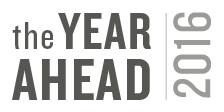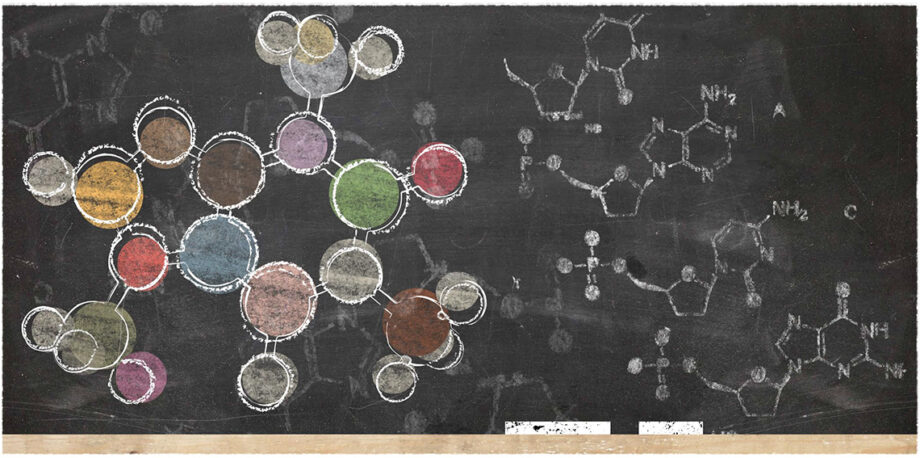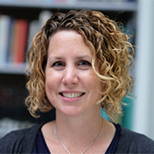December 30, 2015 —  When you look to the year ahead, what do you see? Ensia recently invited eight global thought leaders to share their vision for the environment as it relates to business, culture, ecosystems, energy, food, health, water and the world (see more). In this installment, Amy Cannon, executive director of Beyond Benign, answers the question: “In 2016, how can we create a less toxic world?”
When you look to the year ahead, what do you see? Ensia recently invited eight global thought leaders to share their vision for the environment as it relates to business, culture, ecosystems, energy, food, health, water and the world (see more). In this installment, Amy Cannon, executive director of Beyond Benign, answers the question: “In 2016, how can we create a less toxic world?”
The top thing we could do in 2016 to create a less toxic world is to support change in chemistry education.
I know what you are thinking: “Chemistry education? What could that have to do with creating a less toxic world? I thought chemistry was the problem!” From my perspective, chemistry is the solution — and changing how academic institutions educate chemists could be the missing piece to creating a sustainable world.
A student who studies chemistry today is not required to understand toxicology or environmental impact. The very students who will design the next generation of chemical products and processes are not trained how to recognize whether a molecule is hazardous to humans, whether it will persist in the environment, or how it will affect wildlife and ecosystems. As a result, companies have workforces that also lack these skills.
As we ask companies to create products that are safe and healthy for humans and the environment, let’s also ask that our academic institutions provide students the education they need to be able to help those same companies design sustainable, healthy products. They can do this by teaching green chemistry — the design of chemical products and processes that reduce or eliminate the use or generation of hazardous substances.
The field of green chemistry has grown substantially over the past two decades. Its defining principles are used as guidelines for chemists to create more sustainable products and processes. It is beginning to make its way into educational institutions from kindergarten through higher education and is becoming more and more visible as a means for incorporating toxicology and hazard considerations into the design portfolio of chemists to reduce harm to humans and the environment. We must support and encourage more of this transition. ![]()
Editor’s note: The views expressed here are those of the author and not necessarily of Ensia. We present them to further discussion around important topics. We encourage you to respond with a comment below, following our commenting guidelines, which can be found here. In addition, you might consider submitting a Voices piece of your own. See Ensia’s “Contact” page for submission guidelines.
Ensia shares solutions-focused stories free of charge through our online magazine and partner media. That means audiences around the world have ready access to stories that can — and do — help them shape a better future. If you value our work, please show your support today.
Yes, I'll support Ensia!
